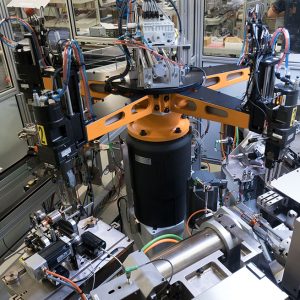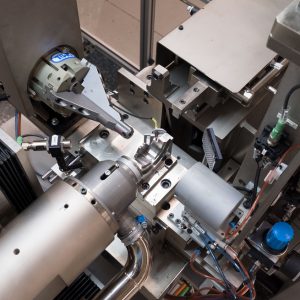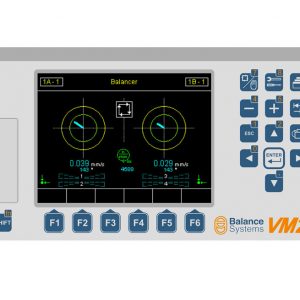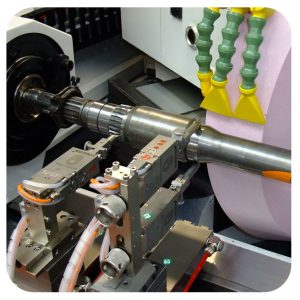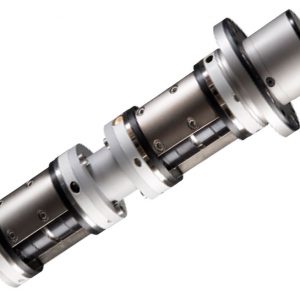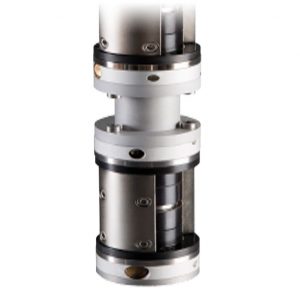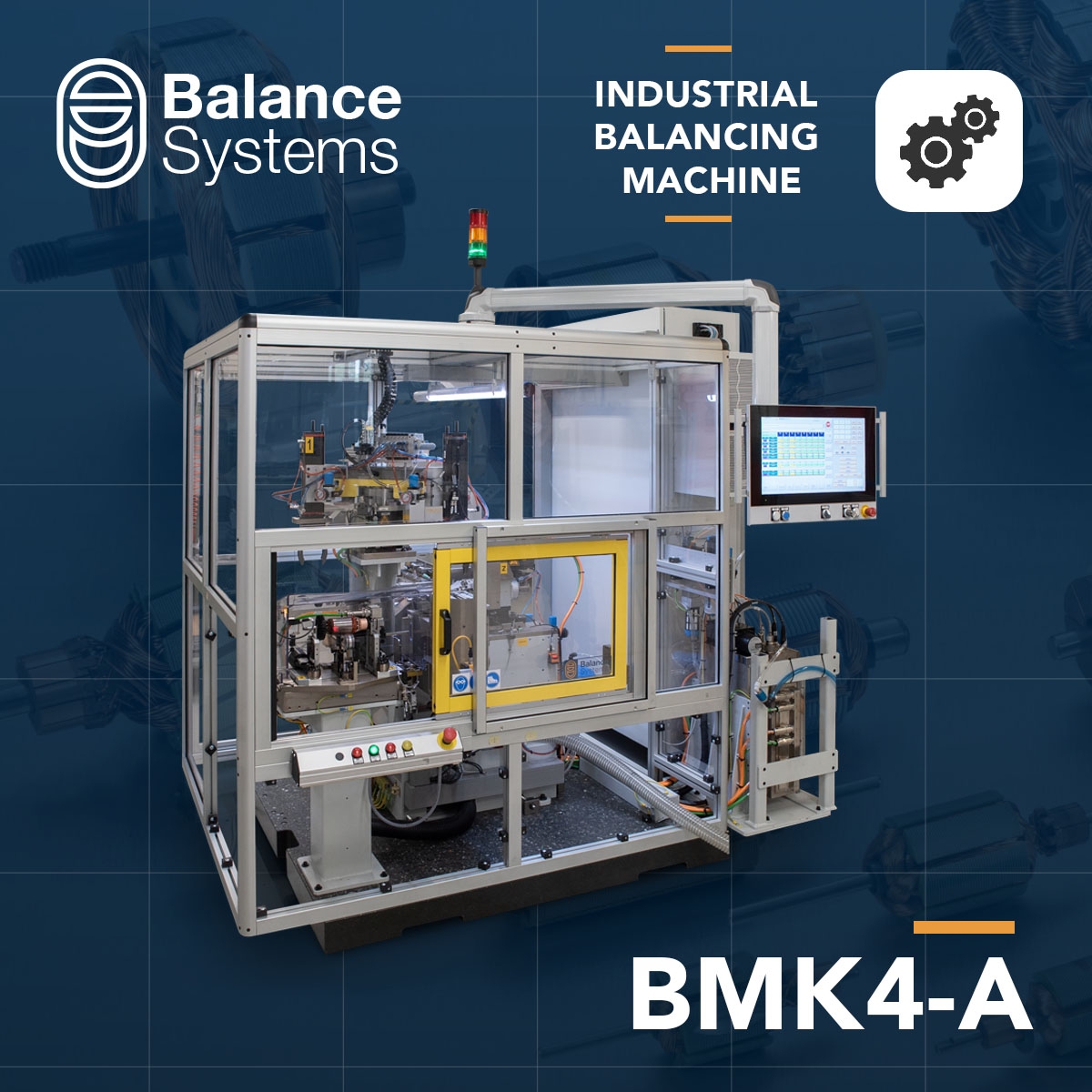极速赛车168官方开奖结果-正规体彩网 - 1分钟极速开奖历史记录+开奖号码完整查询 Recent products
Discover products specifically designed to meet your needs.
Innovative solutions since 1975
Design & Development 100% made in Italy
At Balance Systems we create technologically advanced products for two core businesses: Manual, semi-automatic and automatic customized balancing machines for a wide range of sectors and Process control systems with specific functions suitable to grinding machines: automatic grinding wheel balancing (1 and 2 planes), touch detection (gap & crash), comparative and absolute in-process gauging.
极速赛车开奖历史查询网 - 168极速赛车1分钟开奖结果+官方号码数据库 NEWS & EVENTS
Keep updated with all products, events, and exhibitions news
about our entire network
-
Balance Systems GmbH is moving to a new operational headquartersStarting from May 2, 2025, our new address will be:Read more
Dammfeldstraße, 25 – 75217 Birkenfield, Baden-Württemberg, DE
This relocation marks a significant milestone in our growth and development. It will allow us to optimize our processes and provide an even higher level of service to our clients, offering faster and more accurate support. The new facility, spanning over 500 sqm, will enable us to more efficiently manage large shipments (both inbound and outbound) and increase our inventory. This expansion will help us meet customer demands more promptly and with greater precision. For any additional information or inquiries, please do not hesitate to get in touch with us:-
+49 (0) 7231426746
-
info@balancesystems.de
-
-
Balancing Machines for the Industrial SectorBalancing machines are widely used in the 𝐢𝐧𝐝𝐮𝐬𝐭𝐫𝐢𝐚𝐥 𝐬𝐞𝐜𝐭𝐨𝐫 to 𝐢𝐦𝐩𝐫𝐨𝐯𝐞 𝐭𝐡𝐞 𝐞𝐟𝐟𝐢𝐜𝐢𝐞𝐧𝐜𝐲 𝐚𝐧𝐝 𝐝𝐮𝐫𝐚𝐛𝐢𝐥𝐢𝐭𝐲 𝐨𝐟 𝐦𝐚𝐜𝐡𝐢𝐧𝐞𝐫𝐲 🔩 They are used in a wide range of applications, including motors, fans, shafts, turbines, and many other industrial components. Because of the precise balancing they provide, these machines 𝐫𝐞𝐝𝐮𝐜𝐞 𝐦𝐚𝐭𝐞𝐫𝐢𝐚𝐥 𝐰𝐞𝐚𝐫 𝐚𝐧𝐝 𝐟𝐚𝐭𝐢𝐠𝐮𝐞, 𝐢𝐦𝐩𝐫𝐨𝐯𝐞 𝐩𝐫𝐨𝐝𝐮𝐜𝐭 𝐪𝐮𝐚𝐥𝐢𝐭𝐲, 𝐚𝐧𝐝 𝐫𝐞𝐝𝐮𝐜𝐞 𝐦𝐚𝐢𝐧𝐭𝐞𝐧𝐚𝐧𝐜𝐞 𝐜𝐨𝐬𝐭𝐬. They also help 𝐚𝐯𝐨𝐢𝐝 𝐮𝐧𝐰𝐚𝐧𝐭𝐞𝐝 𝐯𝐢𝐛𝐫𝐚𝐭𝐢𝐨𝐧𝐬 that could compromise the safe operation of industrial equipment, 𝐩𝐫𝐨𝐯𝐢𝐝𝐢𝐧𝐠 𝐚 𝐬𝐚𝐟𝐞𝐫 𝐰𝐨𝐫𝐤𝐢𝐧𝐠 𝐞𝐧𝐯𝐢𝐫𝐨𝐧𝐦𝐞𝐧𝐭 for operators and 𝐫𝐞𝐝𝐮𝐜𝐢𝐧𝐠 𝐭𝐡𝐞 𝐫𝐢𝐬𝐤 𝐨𝐟 𝐬𝐮𝐝𝐝𝐞𝐧 𝐦𝐚𝐜𝐡𝐢𝐧𝐞𝐫𝐲 𝐟𝐚𝐢𝐥𝐮𝐫𝐞. If you work in the industrial sector or are interested in learning more with one of our experts, please do not hesitate to write to us, we will answer all your questions! marketing@balancesystems.itRead more
- Read more
EMO 2025 | Hall 11 Booth G64
We will be present at EMO - Hannover, Germany from the 22nd to the 26th of September, 2025 where we will present all our innovative solutions:
- for the sector of process control systems for grinding machines. We will also present some of our new products, such as automatic ring balancing machines, the TQM measuring bench and the AE Envelope function;
- for the manual, semi-automatic and automatic balancing machines sector, cutting-edge technological solutions that allow you to eliminate the vibration of the rotating parts of mechanical and electromechanical machines, improving their life and performance. Inside this stand you can also view the products and discover the services of EBS S.r.l.(balancing machines of new production, retrofit, balancing for third parties, the new portable balancer, etc.).
DATES: from the 22nd to the 26th of September, 2025 | Hannover, Germany PASS: Get your free ticket EXHIBITORS: Balance Systems and EBS INFO: EMO websiteRead moreCOILTECH USA 2025 | Booth N06
From the 11th to the 12th of June, 2025 we will exhibit at Coiltech in Novi, USA. At our stand you can ask for information to our experts about our balancing machines, advanced technological solutions that allow to delete the rotating parts vibration of electrical, mechanical and electromechanical machines, improving their life and performances. Our balancing machines typologies are:
- Automatic and semi-automatic balancing machines for armatures and rotors. Unbalance correction by drilling or milling.
- Automatic and semi-automatic balancing machines for fans and electric fans. Unbalance correction by weights addition or material removal.
- Horizontal manual balancing machines for shafts and rotors. Unbalance correction by masses addition and displacement, milling and drilling.
- Manual, semi-automatic and automatic balancing machines for disk-shaped rotating components. Correction of the unbalance by drilling or milling.
- Manual and semi-automatic balancing machines for turbochargers. Correction of the unbalance by milling or grinding.
- A production offer of vertical and horizontal balancing machines;
- Retrofit of old own machines or of any other manufacturer;
- A department entirely dedicated to contract balancing, with more than 12 balancing machines of own production.
DATES: 11th - 12th of June, 2025 | Novi, USA EXHIBITORS: Balance Systems and EBS INFO: Coiltech websiteRead moreTIMTOS 2025 | Hall 2 Booth P0132
We will exhibit at TIMTOS, Taipei from the 3rd to the 8th of March, 2025 – with Usync, Balance Systems authorized distributor for Taiwan. At our partner’s stand you will find information about our process control systems for grinding machines, such as:
- TGA -Top Gauge Absolute, absolute gauges for in-process measuring of diameter on cylindrical grinding machine
- Absolute Balancer, 1 and 2 plane automatic balancing devices for grinding machines
- VM15, single and dual-function system for grinding machine processes
- VM25, modular multi-function system for grinding machine processes
- Ring Balancer, Improve your machine tool performances with high speed and high quality automatic balancing solution
- Envelope Function, enhance your machine performance by optimizing the dressing and grinding processes
- B-Safe System, the configurable system for continuous monitoring and protection of spindles and machine tools
DATES: 3rd to the 8th of March, 2025 | Taipei, Taiwan EXHIBITORS: Usync & Balance Systems INFO: TIMTOS website





